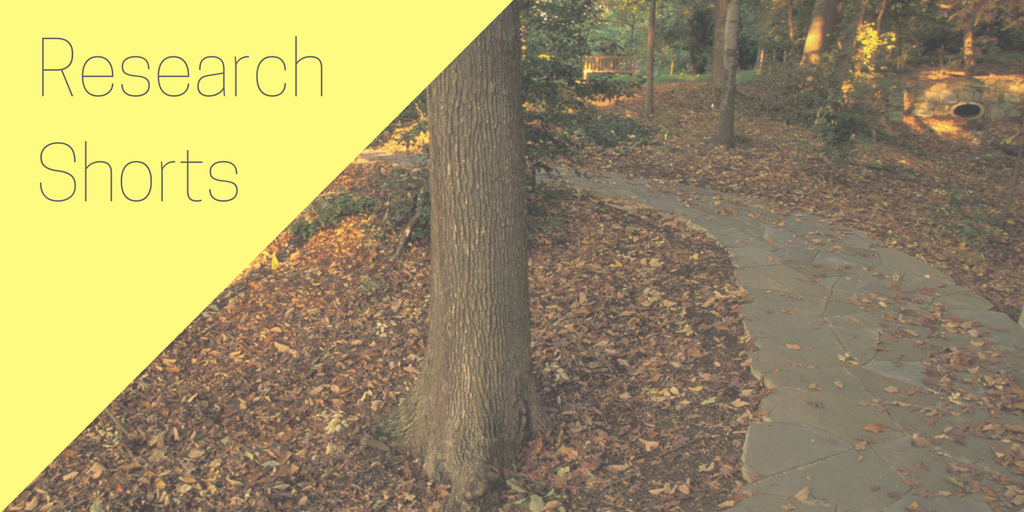At Nature Sacred, we keep a close eye on the academic research being published around nature and health & wellbeing. Via Research Shorts, each month we take what we see as some of the most interesting work being published and create a brief blurb for our readers — enabling you to be in the know, even if you’re short on time.
A Brief Summary of the Research
A recently published article reveals findings based on a decade of data and nearly the entire adult population of Ontario. The research team compiled an impressive set of calculations, taking into account distance from major roads, diabetes, brain injury, income, and access to neurologists to determine whether there was a connection between proximity to major roads and incidences of dementia, Parkinson’s disease, and multiple sclerosis (MS). The findings suggest living close to heavy traffic was associated with a higher incidence of dementia.
Vegetation acts as a physical and mental barrier in mitigating harmful exposure to pollution and noise. And, green spaces support healthy brains and bodies! When all of these recent research findings are considered together, a compelling urban planning argument exists for urban trees and vegetation as essential elements for community health. As the world population continues to move into cities, the layout of cityscapes, roadways and green spaces play an increasingly significant role in health.
What you need to know:
- Previous research links traffic-related noise and air pollution to cognitive decline.
- The entire adult population of Ontario was considered in this study.
- Mathematical modeling considered a large set of social, economic and geographic variables to reach a conclusion.
- Living close to heavy traffic was associated with a higher incidence of dementia.
- Previous research suggests urban vegetation buffers noise, filters pollution and supports brain health.
A word from one of the authors:
Realistically, we cannot relocate people who live close to busy traffic to areas farther away from heavy traffic, as this is not economically feasible for most (if not all) people. However, for future urban planning, it is important to consider including buffer zones between major traffic arteries and homes, daycares, and schools when planning land use. Our study suggests that land use planning and policies that are effective in reducing exposure to traffic-related pollution can have considerable potential for prevention of dementia.
— Hong Chen, PhD, Public Health Ontario, Toronto, ON, Canada; Institute for Clinical Evaluative Sciences, Toronto, ON, Canada.

